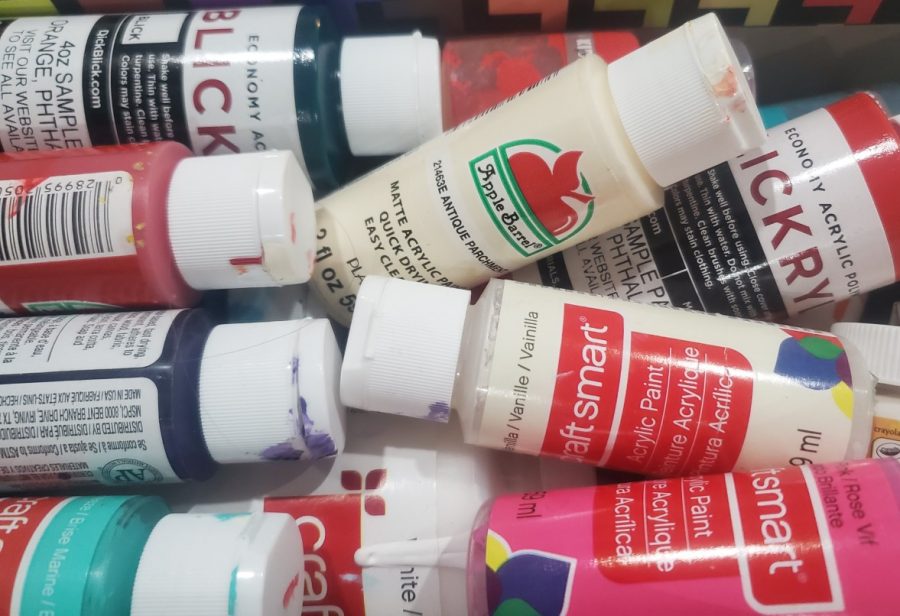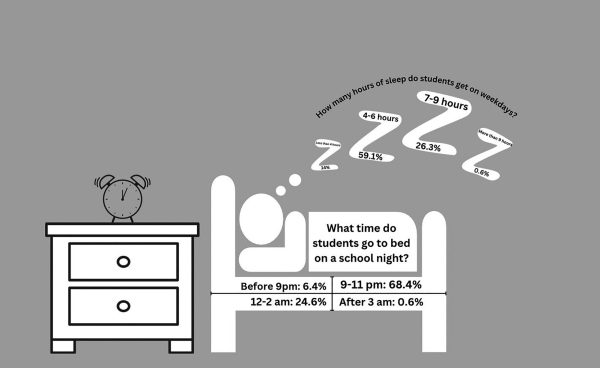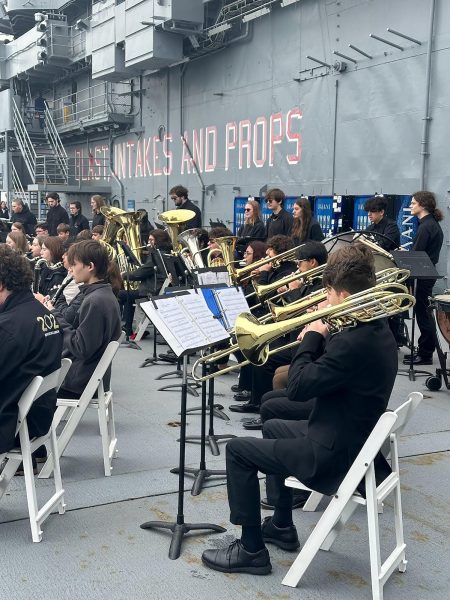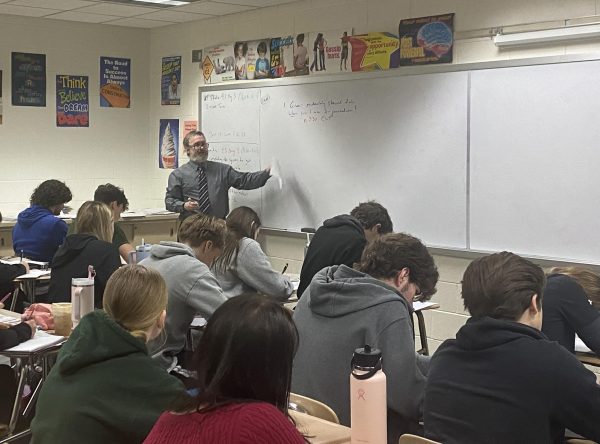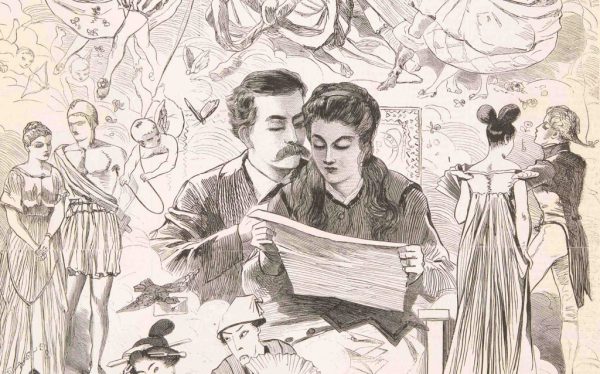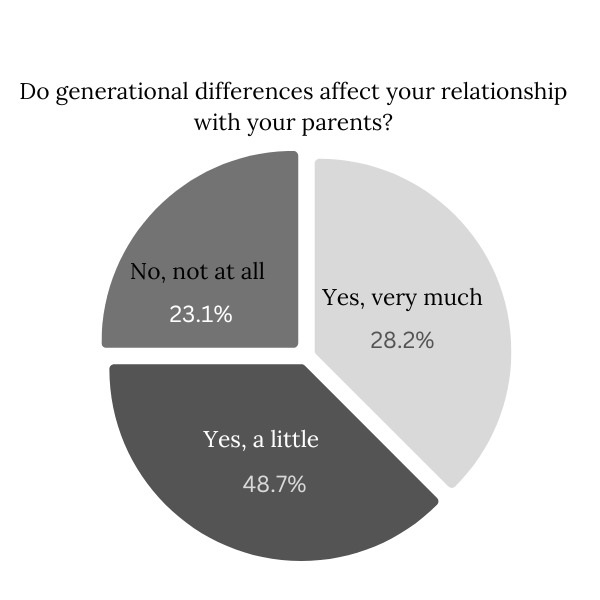Art programs’ budget lacking
February 23, 2021
Students work away at their art projects, like a normal room of students. However, these students know the reality that the teacher puts their own expensive supplies out for the class to use, not the school.
“We get about $4000 to spend on all the art classes,” Lindsey Brown, art teacher, said.
However, the budget for each program is not the same; rather than choosing the amount for materials involved, it is based on the students involved.
“The art budget, as every other subject is based on materials and number of students involved. Thus, not every program would receive the same amount,” Chris Chlebeck, principal, said.
The budget for the entire art program, may not seem small considering the low number of students in each class. However, in this one program, there are art foundations, painting, advanced drawing, ceramics, AP studio art, and digital illustration.
“I feel like art should get more funding because art is for everyone, compared to hobbies like collecting where no one else is benefited by it other than yourself,” Cecelia Fitzgerald, senior, said.
According to cte.ed.gov, some states are given extra funding to allow schools to improve secondary and postsecondary career and technical education programs. This act is called the Perkins Grant, and it gives out thousands of dollars to fund FACS and CT classes.
Similarly, there are organizations that are helping fund art programs such as the Parent Teacher Student Organization (PTSO). The art program has applied and has received a grant from the PTSO to help supply students with the supplies they need. However, COVID also has an impact.
“Normally in the classroom, I have class sets of all the supplies. Like I would have one set of 24 pencils all of my foundations class would use, but now every kid has to have their own, so I had to adapt my projects in the curriculum to make it work,” Brown said.
When it comes time to replace some of the equipment, the program tends to not have enough money in their budget, often letting the students continue to use the worn-down supplies and equipment year after year.
“I know the ceramics program is in desperate need of new pottery wheels. They are probably older than me,” Brown said.
While the school may need to replace supplies, students who use their own rather than depending on the school are wearing down supplies at a rapid rate.
“Since I usually work with pencils, I have to replace my main colors every few months,” Leo Zabel, junior, said.
While students who use their own supplies replace them, the price really adds up, causing coupons and sales to be a large factor when it comes to buying new supplies. But even with the cost knocked down, if they wanted a product of good quality, the price is still high.
“I use coupons to buy most of my supplies, so I never paid full price, so I get deals like a 6 pack of Copic markers for $18,” Zabel said.
All four high schools have very different budgets even though they all teach the same classes and have similar numbers of students. That’s because of each school’s budget size and choices on where the money from the budget goes.



